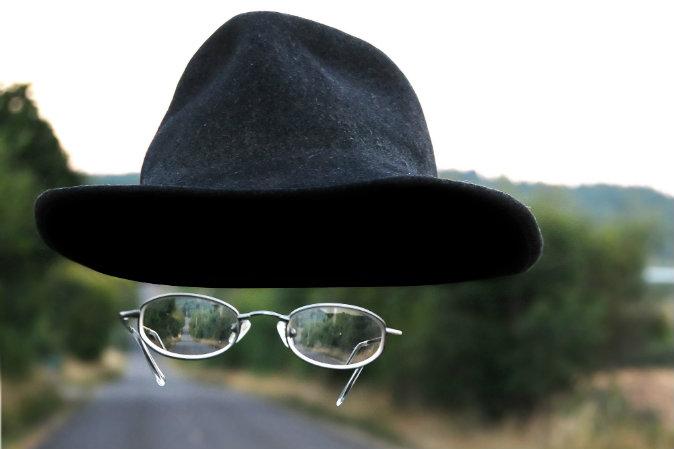Invisibility is one of the most desirable of super powers. Think of what you could do if no one else could see you. The only limit of what you could accomplish would be determined by your own sense of morality and ethics.
You could solve your financial worries or sneak into the Super Bowl undetected if you so desired. But not all applications have negative implications—like I said, it is all dependent on your morality and ethical code. If you wanted to help people, imagine the law enforcement applications. You could go deep, deep undercover and record or prevent crimes in progress. You could apply it to the military and use it to infiltrate and spy on the enemy, or even assassinate enemy leaders. Imagine the possibilities.
But invisibility is just a pipe dream, isn’t it? How ridiculous an idea is it that you could, Harry Potter style, throw on an invisibility cloak and move about unnoticed?
Not as ridiculous as you might think, actually.
There are currently many groups, including a research team at Cambridge University, working on a technology that can reflect visible light and render the object below the “cloak” truly invisible to the naked eye. The technology is made up of “metamaterials,” which are composed of nanoparticles able to manipulate light.
When light strikes a surface, it reflects in a single beam—picture a laser beam on a mirror or polished metal. Put something in the path of the beam with an uneven surface, and the light will break off in several beams instead of one singular beam and that is what makes that particular thing “visible.” What the metamaterials do is act as a shroud, covering the uneven surface and refocusing the light back into a single beam again. This makes the object under the cloak invisible, since the light cannot reflect off of it.
As of right now, the cloak of metamaterials is only capable of making invisible an object 1/100th the width of a human hair. Not quite enough to bring to life H.G. Wells’ “Invisible Man,” but it is a start.





